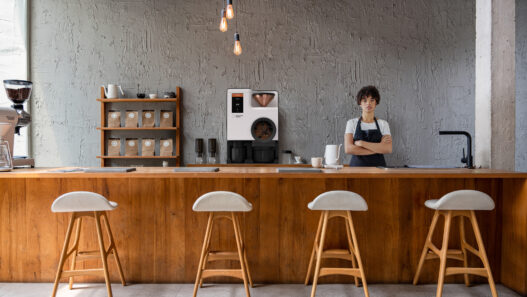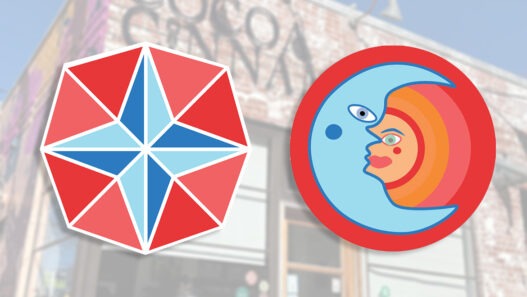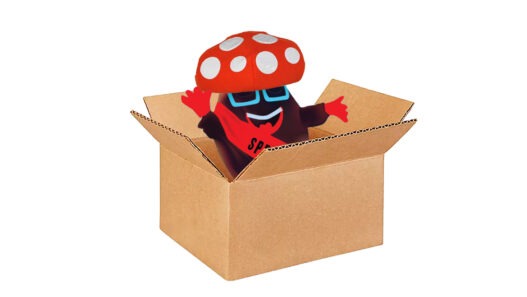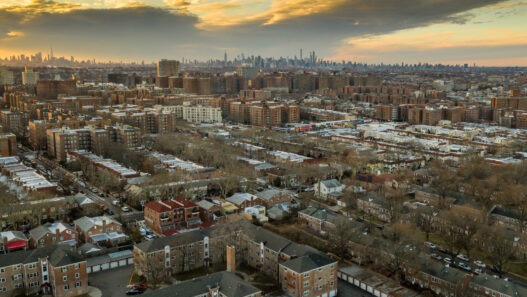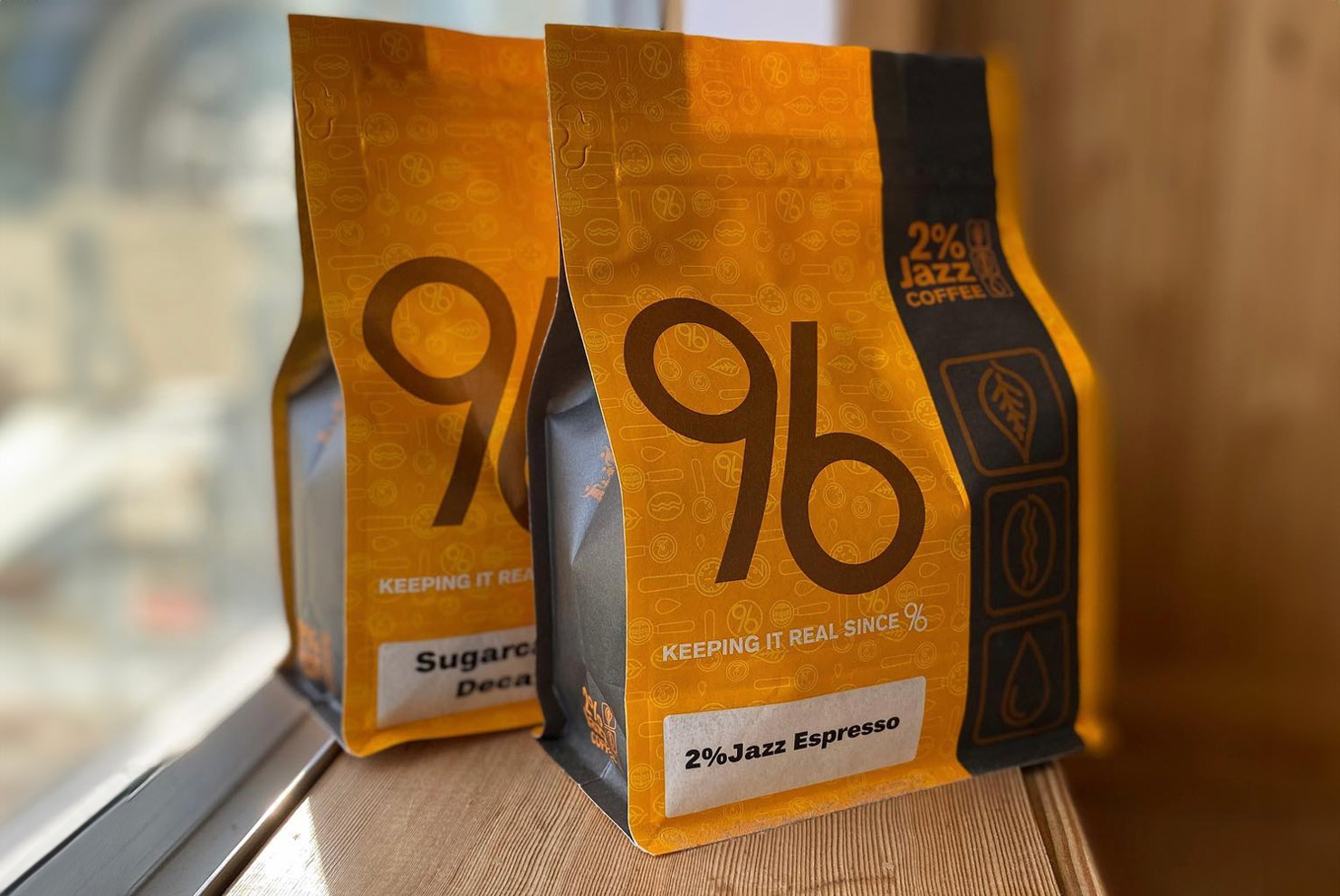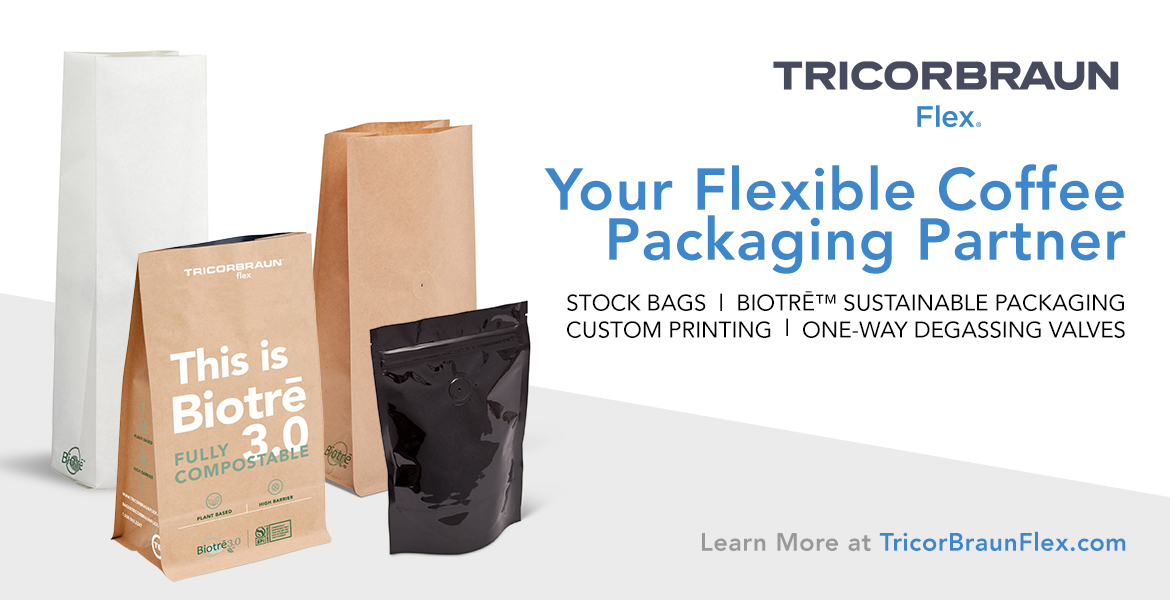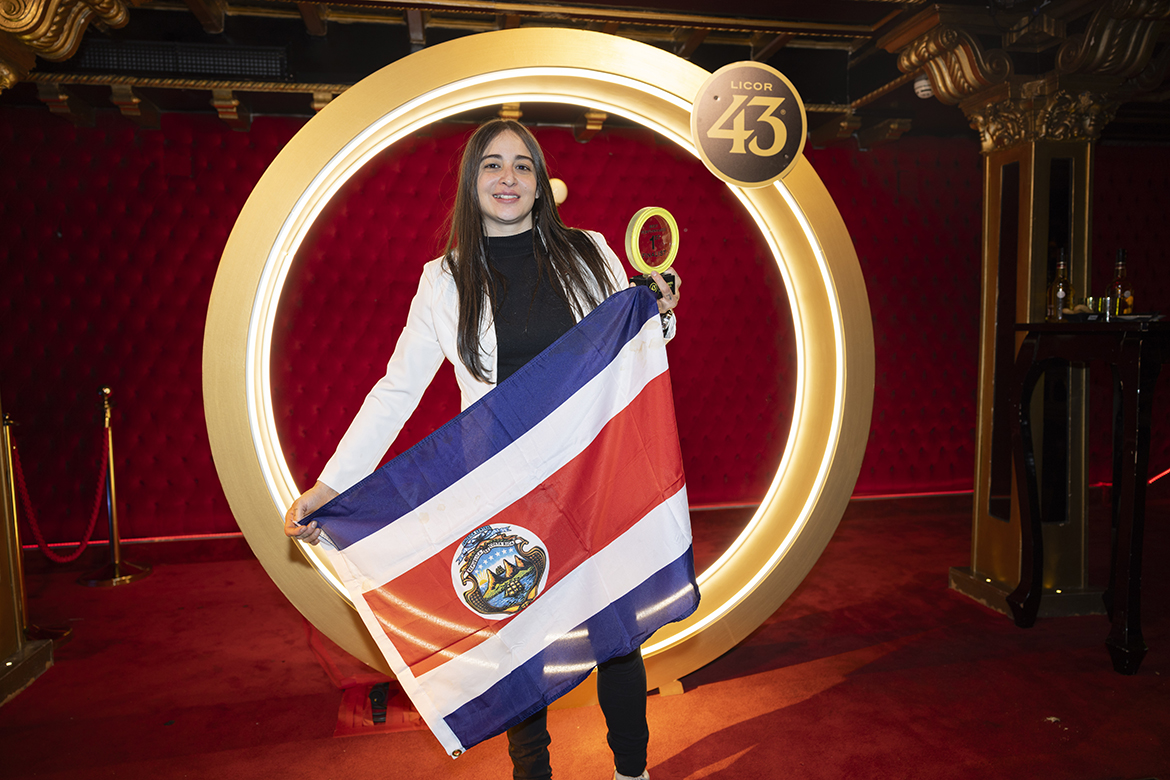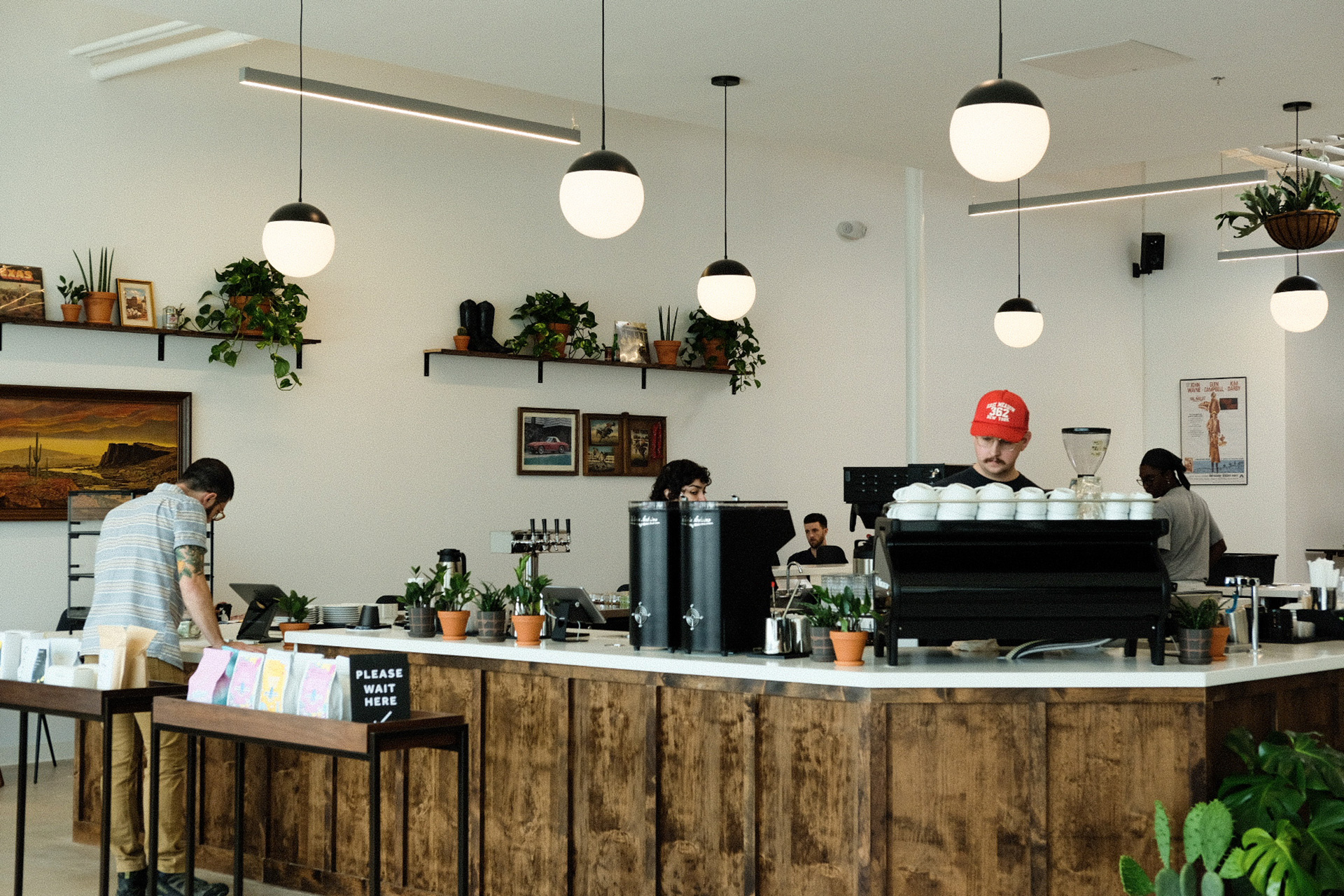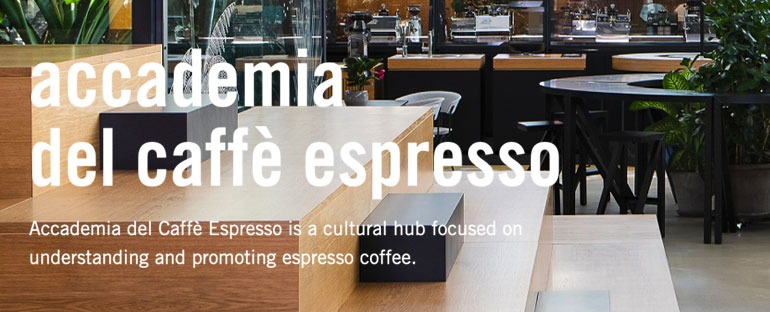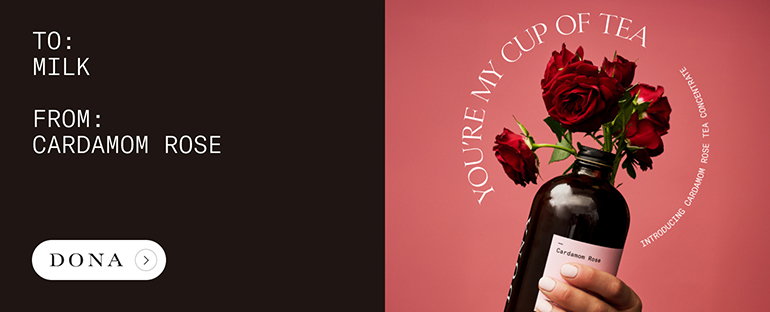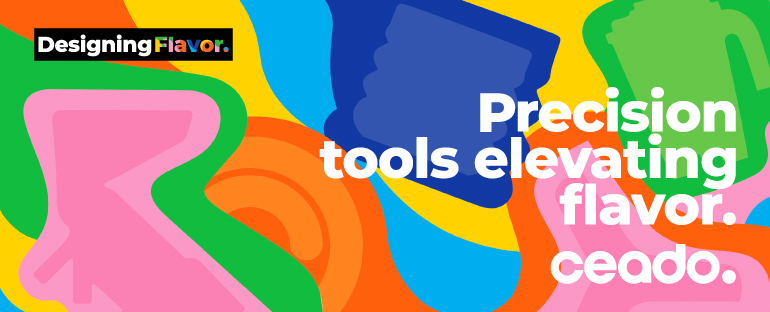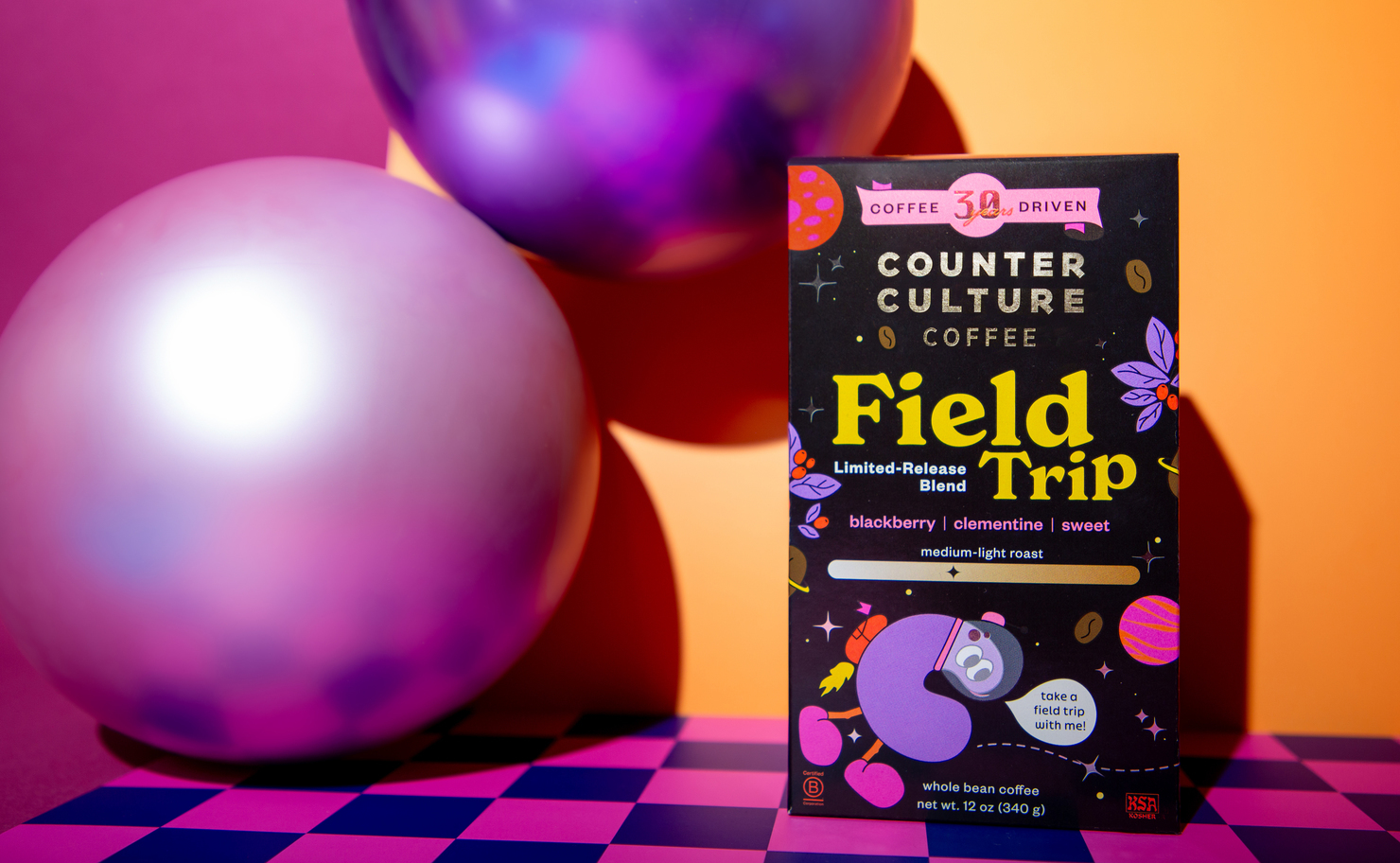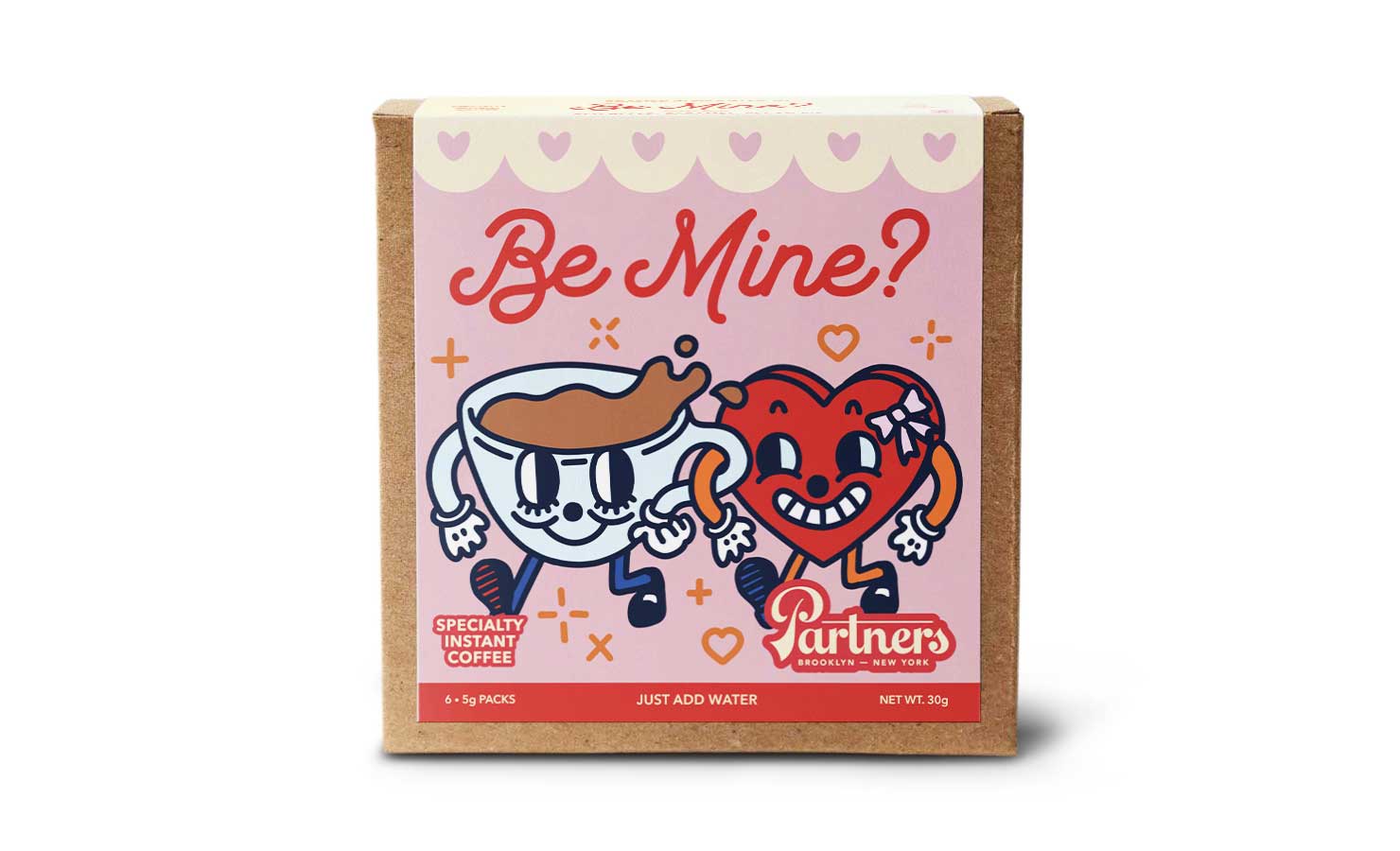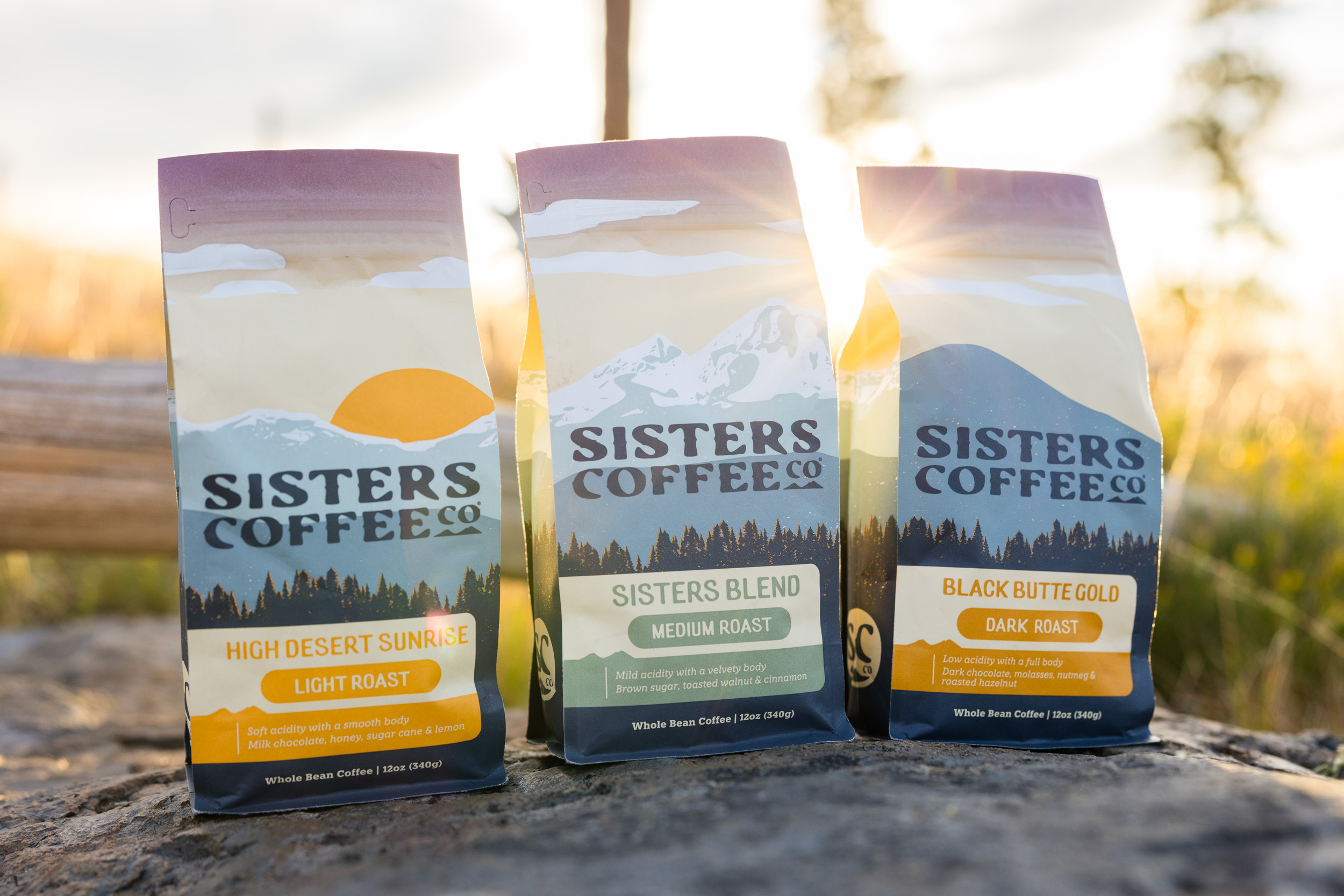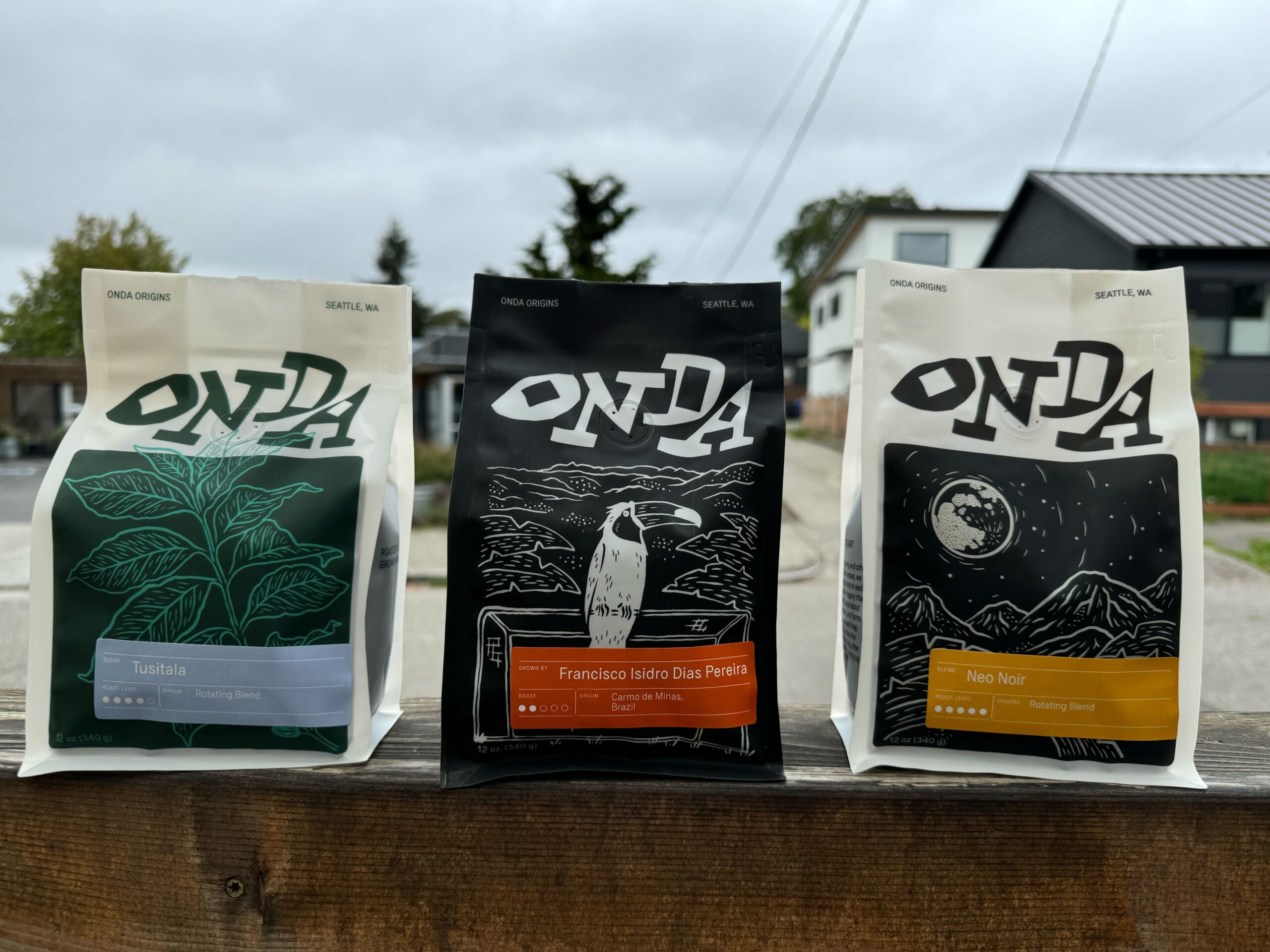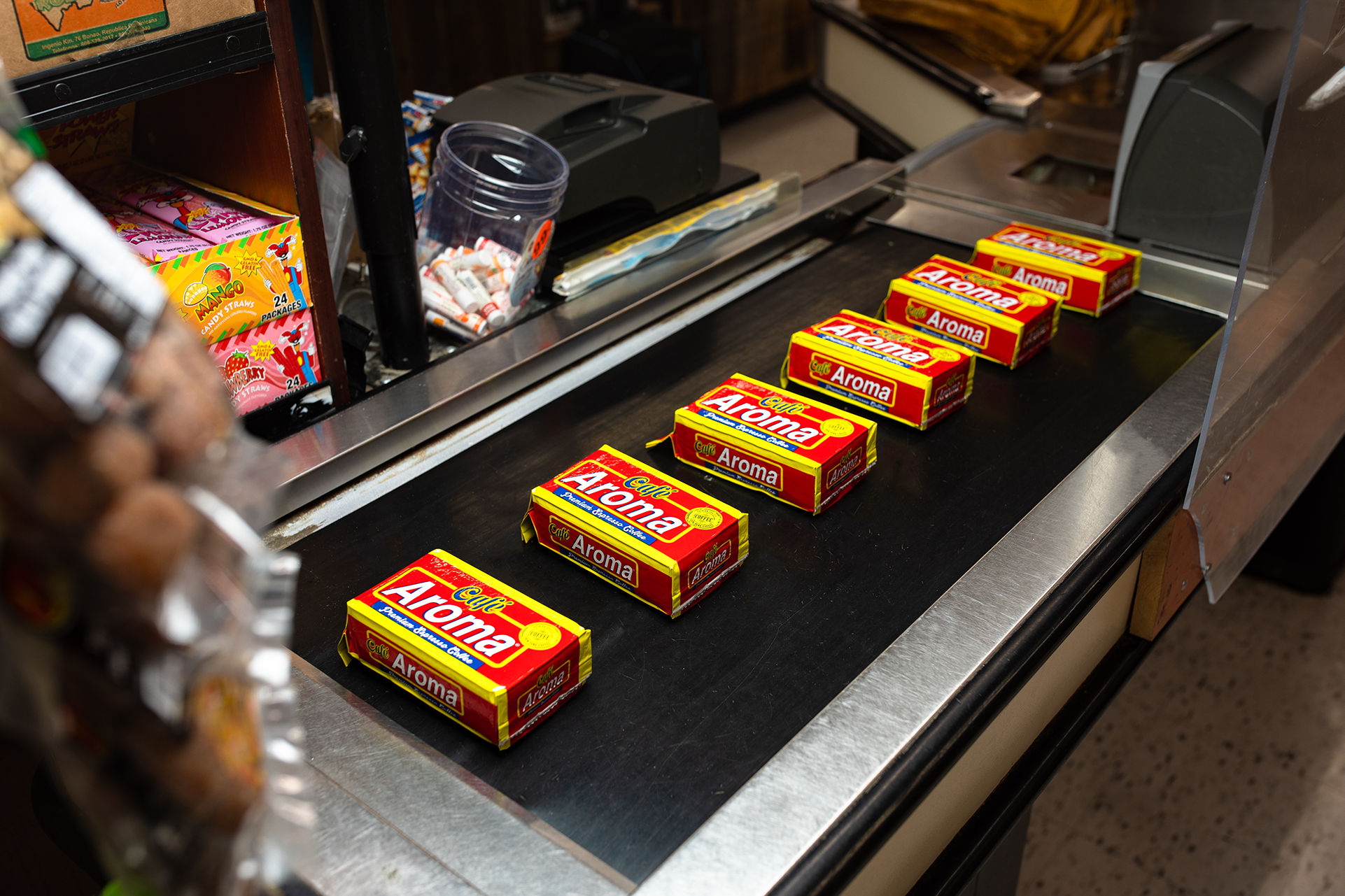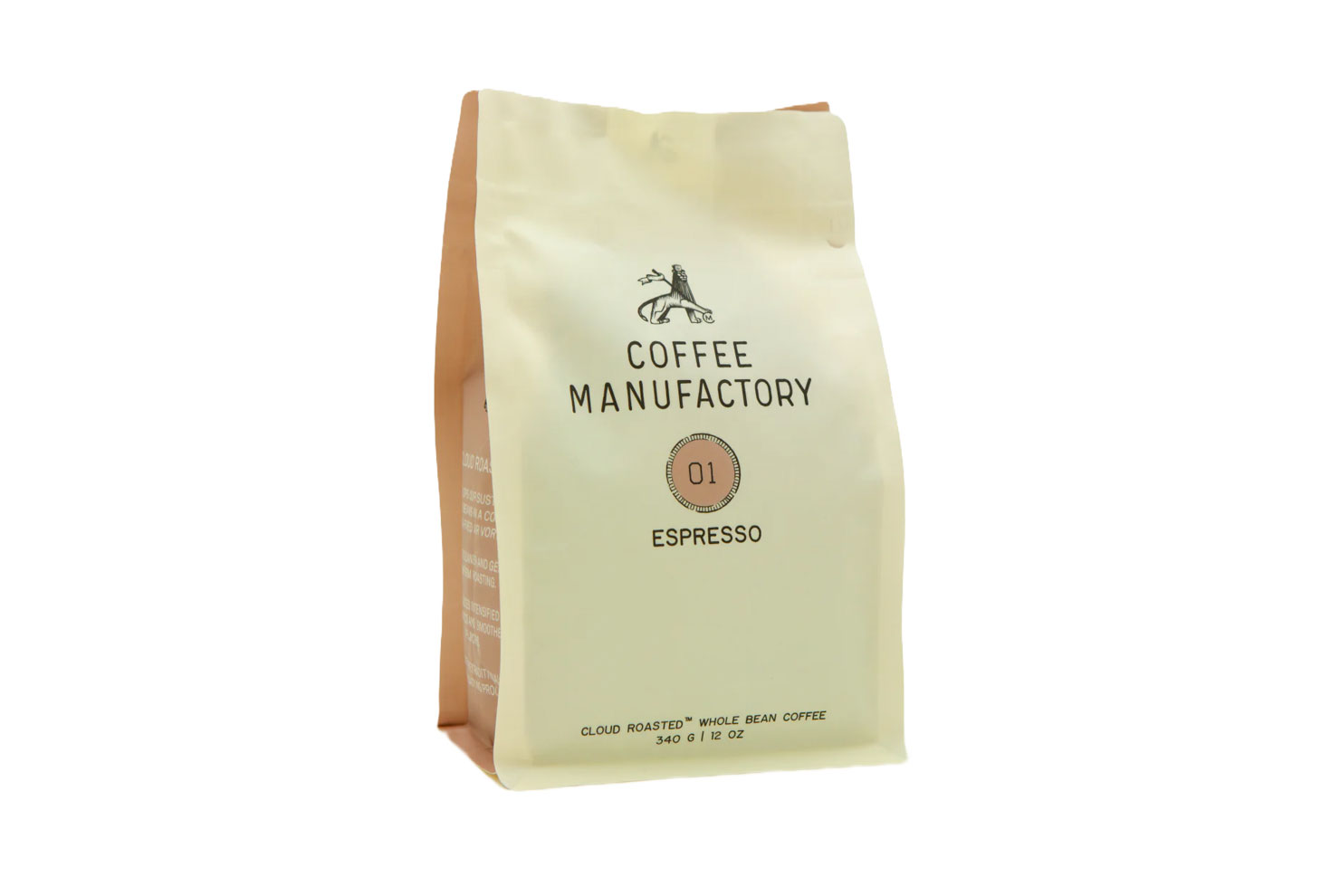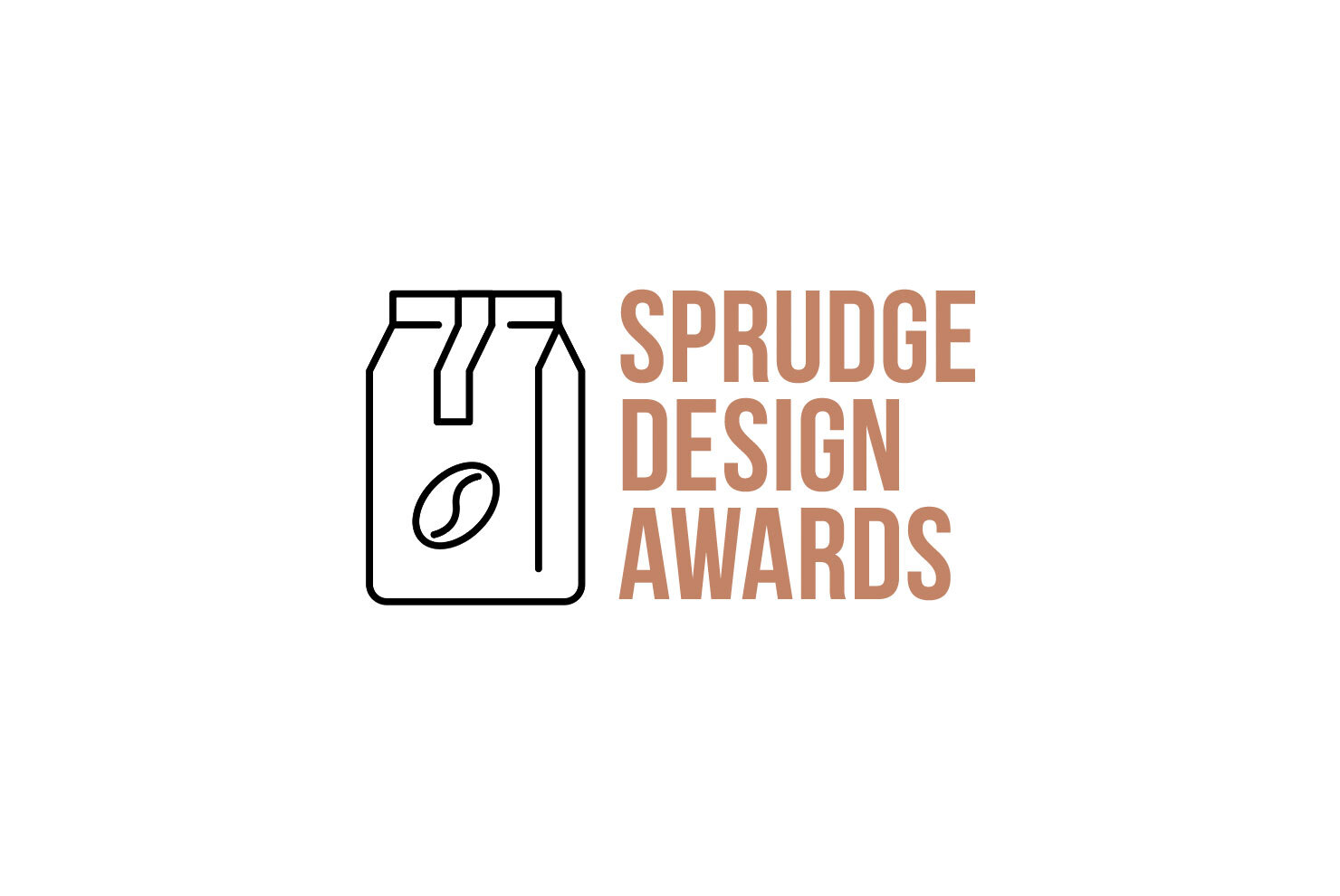Victoria, British Columbia has deep coffee roots. Today it’s home to a thriving international coffee scene, drawing on styles and influences (and of course coffees) from around the world. But there was outstanding, identifiably proto-third wave coffee here by the mid-1990s, led by the work of 2% Jazz Coffee founder Sam Jones, who launched the brand all the way back in 1996. For reference, that’s a full 13 years before we started Sprudge; by way of additional context, we’d wager to guess that a healthy percentage of our readers today were not yet born when 2% Jazz began serving espressos and cappuccinos to the rainy city on the tip of Vancouver Island.
History is cool and all, but what have you done for me lately? Here in 2023 Sam Jones and 2% Jazz continue to innovate and lead in the Victoria coffee scene. Their growth trajectory has helped pave the way for many similar stories around the world of coffee, from a kiosk to a brick and mortar to a roasting facility, and now with four cafe locations. In addition to that work, Jones helms a popular local food and beverage industry podcast, leads a homeless services advocacy organization, sponsors music festivals, and he just so happens to have overseen a recent brand refresh for the company’s coffee bags. This gives us an excuse to sit down with Sam Jones and learn more about where 2% Jazz comes from, what the company looks like today, and where it’s headed next in 2024—with a huge 30 year anniversary on the horizon.
This interview has been lightly edited and condensed.
2% Jazz Coffee got its start as a kiosk in Victoria. Can you take us back to 1996 for a moment? What were you serving the most? What were you drinking? And were you listening to a lot of Maceo Parker?
I was. Back in 1996, the best coffee around was in Seattle at the time. It was Espresso Vivace, and I was drinking a lot of that, I was serving some of it. I was serving a little bit of Illycaffè as well. I worked with this company, a local roaster at the time. They allowed me to kind of come up with my own blend, and so I had three different coffees going, and they were all fun. I also used decaf coffee from Caffe Fantastico, another great local Victoria coffee roaster. I was drinking a lot of Americanos back then and a lot of just straight shots of espresso, really. Back in 1996, I guess I was pretty much all espresso. That’s what my life was all about.
And I was playing a lot of Maceo Parker, but I was also playing a lot of Funkadelic and Parliament and any kind of old, funky, groovy tunes I get my hands on, add some really loud and obnoxious computer speakers that I would put out onto the street, and I would just play it as loudly as I could. It was awesome. And I always had great customers bring me music to play. My CD collection—because it was all CDs at the time—was outstanding, and because I was in a kiosk, it got broken into and my CD collection would often get stolen. Insurance was awesome for replacing CDs, and I built a very healthy, very deep, funky collection of CDs back in the day. It was a lot of fun.
Probably the most common drinks back then were still drip coffee and I think cappuccino because people just didn’t know what the hell they were doing back then. Cappuccinos are great drinks, but they weren’t what people were expecting. They just wanted basically a latte back in the day, and I was happy to serve that to them.
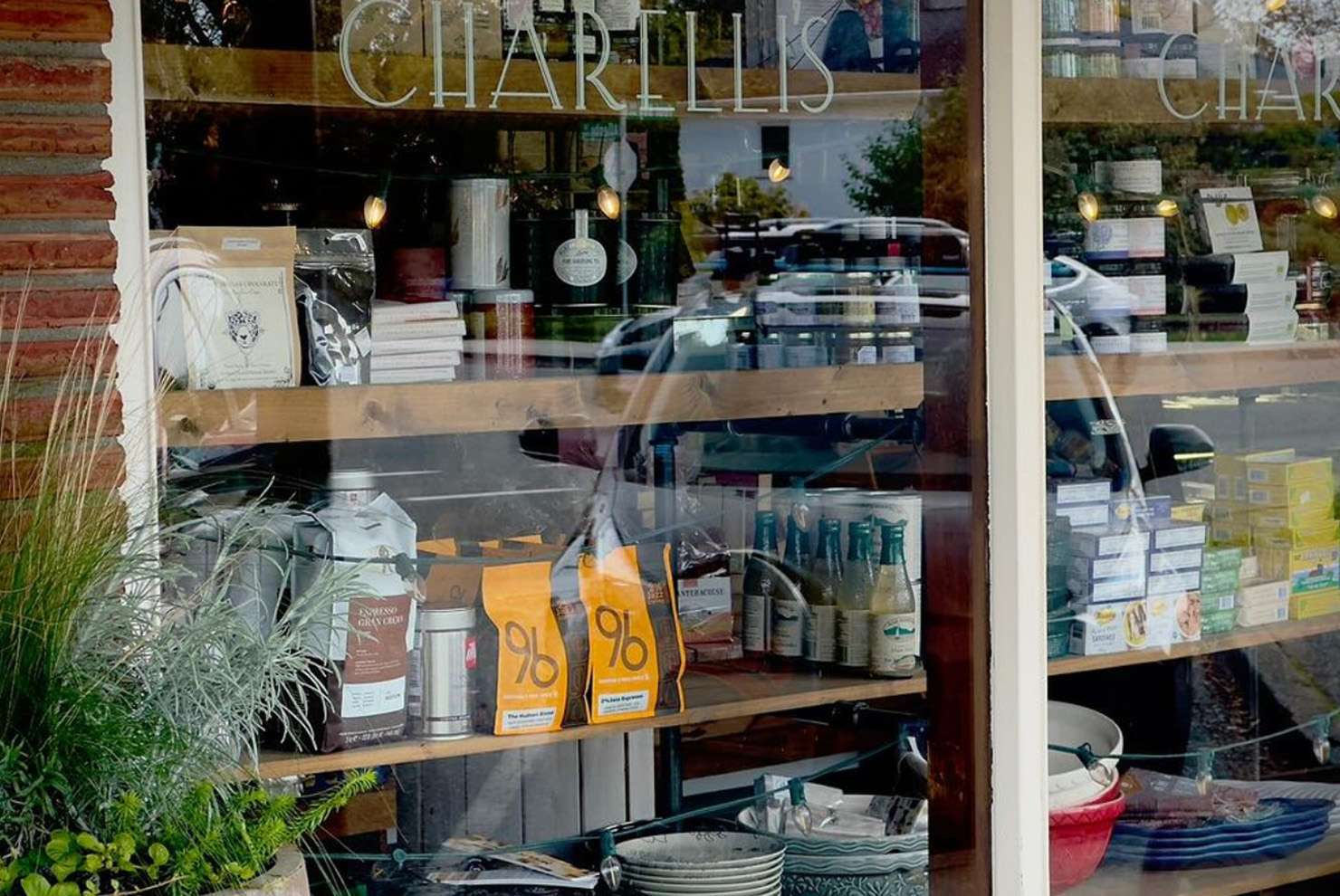
Tell us about the transition from craft bags to your new compostable bags.
Well, I happened to have a little bit of money saved up, and I wanted to spend it on something for the company, and it was bags. I had taken my craft bags up to the compost facility here in Victoria, and they assured me that they would be compostable, even with the glycine insert that kind of blows away and is collected and the rest of the paper is shredded and put into the compost. So paper coffee bags are compostable.
I’ve moved to this new 12-ounce bag so that I could work more online. I was looking around at the competition, and I don’t really have much of a presence online for coffee, and I was looking at pricing and sizing of packaging, and everyone was going the 12 ounce route. So it got me thinking that if I wanted to play on the online game, I needed to do what everyone else was doing. I sucked it up a bit and I bought a whole bunch of 12-ounce beautiful coffee bags to sell my beans online with, and this worked out really well. I’m really happy with my bags. They look great, they hold the coffee really well. I’m really, really happy with them.
And the transition, I guess, was a long time coming. I mean, I was always a one-pound-bag guy, and to switch to 340 grams felt like it was a difficult transition for me. I didn’t want to feel like I was taking advantage of the customer. I didn’t want the customer to look like I was price gouging by not adjusting my pricing. So there was a transition in my pricing at the same time as I transitioned with my bag. Like I say, I’m very happy with the bags right now.
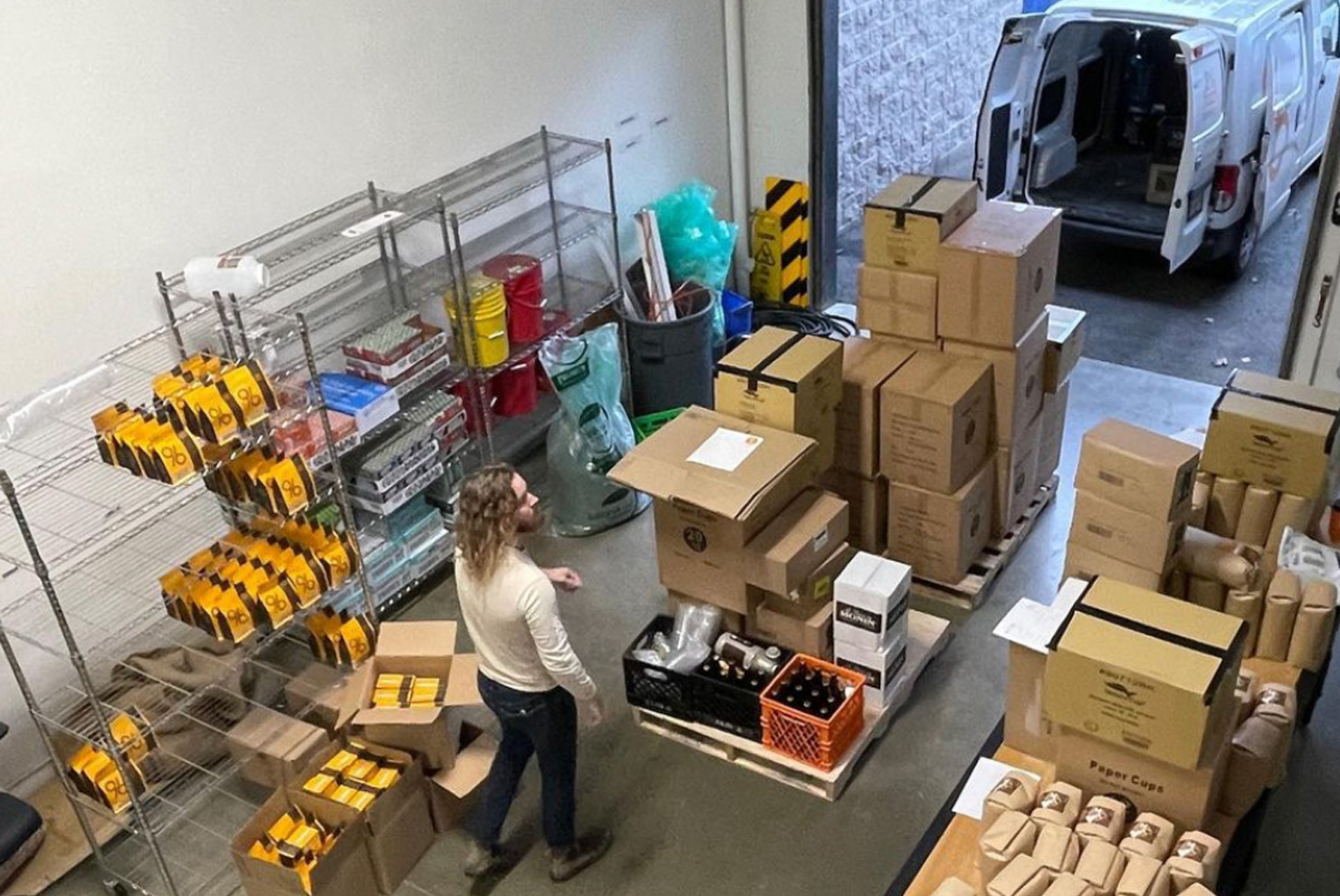
Who designed the packaging?
A man in Victoria named Matt Rose did the design. He took the different bits of artwork that I’ve had created over the years and really did a bang-up job of putting it all together in a bag that just scans right out on the shelf. It’s beautiful. It’s got everything that is 2%Jazz right on that bag. It’s pretty fun. So
Could you tell us about the iconography depicted on the bag?
Well, I can. They’re all portafilters. They have a different meaning depending on the one.
There is the symbol with the 96, and that is because I started [the company] in 1996. In the portafilter there is a snoozing guy and that’s for my decaf ones, I guess. And the leaf, bean and the drop are something that I’ve always put on my projects. The leaf being the plant, the bean being the coffee roastery and the roasting process, and the drop representing the cup. So we have the farms, we have the roasters, and we have the baristas. So we have all of the symbols there. They symbolize the different aspects of the coffee industry.
A lot of this iconography was created with a design company I worked with called The Number Creative, and I’m friends with the owners and so I worked with his company and some of these bits and pieces just kind of just happened over the years. I mean, we’ve been doing this for almost… well, more than 25 years and counting, and that’s a long time to develop a taste and to develop a look. And this look and the style has been just developed over the years.
And there has been a lot of different creators at The Number Creative who have worked on my projects over the years so there’s no one person responsible for this. This is just a beautiful combination of years of working with some good people.
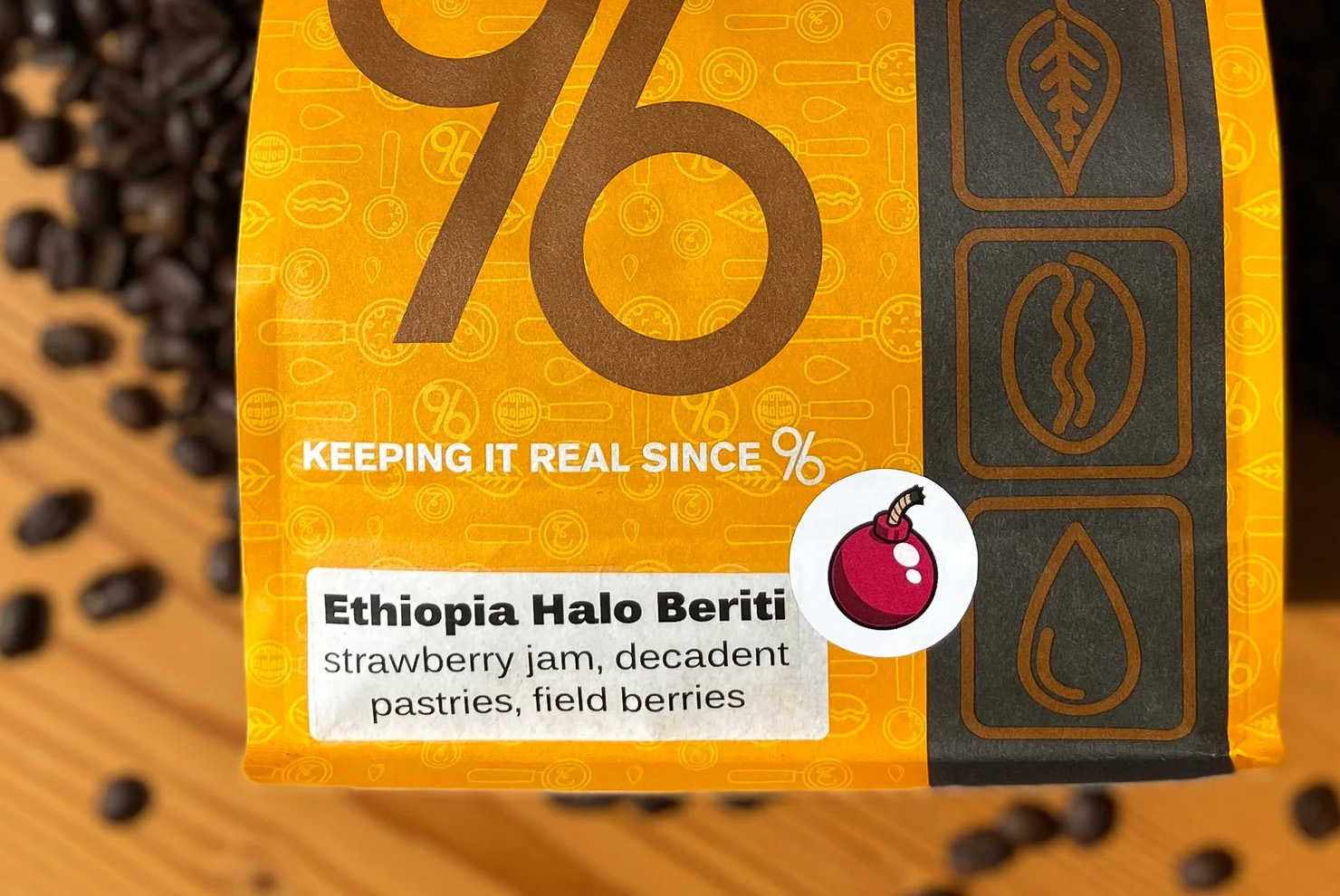
Is that red sticker on the bag of Ethiopia a fruit bomb? We love that detail.
Well, the fruit bomb and the caramels, and we had a couple of different classifications for a while of how we were talking about our single-origin coffees and our coffees in general. And so we would just add a little sticker so that the customers could get just a quick sense of what the coffee was going to be like.
So an Ethiopian that is very fruit-forward would classify as a fruit bomb. So as opposed to telling everyone what they’re going to taste in their coffee and getting wordy, we like to use symbols, and a picture says a thousand words. And when you see a fruit bomb, you kind of know what you’re getting. And when you see a caramel, you kind of know what you’re getting. So yeah, we just try to make it easy. Use fewer words, more pictures.
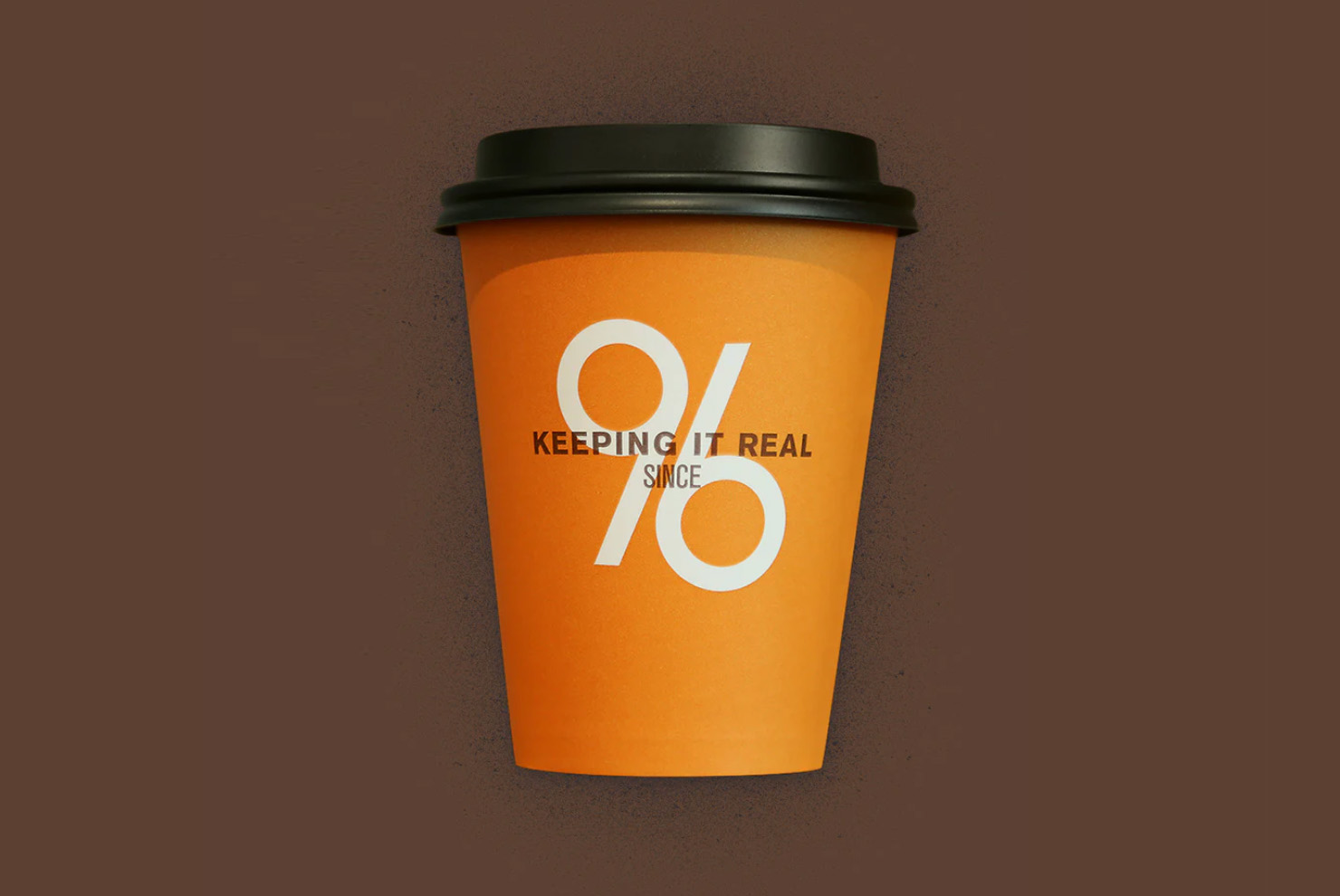
You also debuted a new cup. Can you tell us about that?
Well, that cup is actually very old now. I don’t update my website as often as I should. It’s a compostable cup that I’ve been working with for quite a few years now. I was one of the first people back in the early or mid-nineties, I guess, to be stamping plain white cups with funny pictures and logos to tell everyone where that cup was coming from. So I was one of the first ones in Victoria to be stamping cups, and I was one of the first independent coffee shops that I know of my size, obviously, I’m very small to get our own stamped cups and compostable at that. I was very proud of that, and I still am.
The cups are beautiful. They stand out in the people’s hands. They stand out in offices, and I don’t know where this cup is going to end up as Victoria is now in the process of trying to make no more take-out cups. So I don’t know if my beautiful orange cup will be around much longer, but I’m sure we will find a more ecological solution than a compostable paper cup.
When did The Bread & Butter Collective podcast get started?
The Bread and Butter Collective is a group of hospitality owners in Victoria, BC. They got together during the pandemic, not only to console each other, but to give ourselves strength and support to see our way through what was really unknown territory at the time, and still is. We continue to meet on a regular basis and we continue now. Now that we’re 40 or 50 members strong, we now have a real voice in helping shape politics and that influence the hospitality industry in our town and province. We are advocates of paying our employees well, providing safe workspaces, not only for employees, but for our customers as well. And these are blanket policies that we just believe, promote, and expect other restaurants to uphold. We were one of the first coffee shops to offer a living wage, and that was a direct result of being part of the Bread and Butter podcast.
Now, Kayla and I both, we co-host the Bread and Butter podcast, and it’s a range of topics, but we try to stick as much as we can to current issues that surround the hospitality industry in general. That includes coffee shops, but it’s mostly hospitality in general. We don’t really get down to different kinds of businesses within the industry. So when we’re talking about how we treat our tip pools.
Tipping is a big thing that Bread and Butter has as an issue with that we need to address. And it’s not the same in cafes as it is in other hospitality businesses. So in some ways we are generalizing about our policies, but knowing, and we’re there to support individuals and individual businesses with better ideas of how they can go about implementing good policy in their specific businesses. So there’s quite a few of us. We work with the industry, but individually we focus on each other’s businesses. We’re very helpful to each other, and the podcast is a reflection of what we’re doing at the time.
From kiosk to brick and mortar to roasting facility a decade ago, you now have four locations, a podcast, fresh branding. With all that going on, your company has time to sponsor and support local music scene. The Victoria Scott Fest, Reggae Festival, the Conservatory of Music, working with venues like Victoria Event Center. Anything on deck for 2024?
Well, I’m not even done 2023 yet, and I’m already working on three more collaborations with different groups. So, yes, there will be lots coming up in 2024. My goals are to reduce my expenses in how I participate in the community, because it’s a very hard time economically right now, so trying to reduce what I put out in a monetary way means that I need to think more creatively in how I’m going to participate in building community.
So 2024 is going to be when I am opening a cafe in a not-for-profit building that helps support housing needs for people on the verge of not having housing. And so, this is a really important project to me, so there’s a new building built by a not-for-profit group in Victoria called the Cool Aid Organization, and I’ve taken over and put a cafe in the bottom of their building, so I’m being a bridge from this housing organization to the community that they moved into. This is a project that’s dear to my heart. Homelessness and near-homelessness is something that’s becoming more and more of an issue in our world, and more and more of us are as close to we’ve ever been to being homeless. So, my heart goes out to people who need the help. My weight and energy goes behind organizations that are there to help, and the Cool Aid Organization is really there to help homeless people.
Unfortunately, when Cool Aid helps in certain neighborhoods, other members of those neighborhoods feel that the homeless crisis has now reached their doorsteps, and Cool Aid projects aren’t necessarily welcomed by everybody in every neighborhood. And as a brand, a well-known brand in Victoria, and an advocate of community, I feel it really is my place and the place of 2% Jazz to be there, to be that bridge between the solution and the people who need to see it in a more positive light.
I’m working on, in 2024, several different collaborations, and these are collaborations with no contracts. So, just working with really good people, helping them do things while still helping myself. So, true collaborations are something that I’m striving to increase in 2024, and working only with people that I want to spend time with. Those are the things that are important to me in 2024.
Thank you!
Photos courtesy 2% Jazz.
Explore Coffee Design archives at our exclusive Coffee Design hub.
Coffee Design is a feature series on Sprudge presented by TricorBraun Flex.









